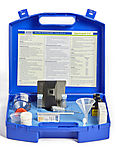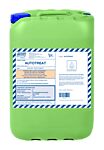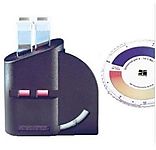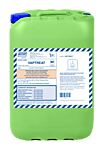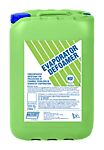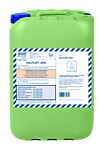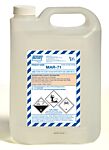


Last updated: 30/04/2025 05:19:21
OXYGEN SCAVENGER PLUS 25 LTR
Product Code
- Product group:
- 655
- Product number:
- 698712
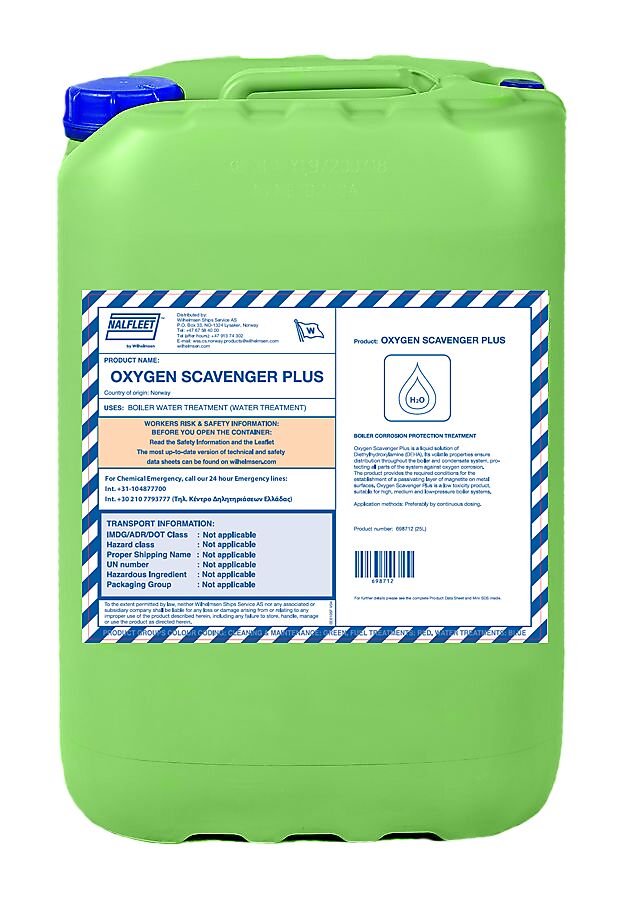
NALFLEET™ Oxygen Scavenger Plus™ is a catalysed, liquid Oxygen Scavenger boiler water treatment product based on Diethylhydroxylamine (DEHA). Its volatile properties ensure distribution throughout the boiler and condensate system, and hence protects against oxygen corrosion in all parts of the system.

Product information
Oxygen Scavenger Plus also provides the required conditions for the establishment of a passivating layer of magnetite on all metal surfaces. Oxygen Scavenger Plus is a low toxicity product, suitable for high, medium and low pressure boiler systems.
Features
- Fast acting, volatile, liquid oxygen scavenger
- Neutralises acids occurring in condensate system
- Safe and easy to use, low toxicity
- Organic product, no dissolved solids added
- Simple test to determine treatment level
Benefits
- Economical in use
- Reduces corrosion of iron and copper, increasing system life and reliability
- Protects system metals throughout the boiler system
Specification
General
| Invent Hazard Material (IMO/EU) classification | C-9 |
|---|
Physical properties
| Appearance | Light yellow |
|---|---|
| Density [g/ml] | 1.0 |
| Form | Liquid |
| pH | 10.5 |
Safety Data Sheet (SDS)
Documents
Directions for use
NALFLEET™ Oxygen Scavenger Plus can be used in any boiler system, and in conjunction with mechanical deaeration systems. Removal of dissolved oxygen is vital for prevention of corrosion and especially pitting corrosion in boilers. When dosed into a boiler system, Oxygen Scavenger Plus will react with dissolved oxygen and form non corrosive compounds. The product is volatile and will evaporate and assist protection of the steam and condensate system. No solid materials are produced when using Oxygen Scavenger Plus.
Dosing method
Wilhelmsen Ships Service recommends continuously dosing into the boiler feed line using an automatic dosing unit.
Dosage and control
Dosing should be controlled so that the DEHA residual in the condensate is between 0.08-0,30 ppm. The consumption will depend on feed water temperature and the amount of water fed into the boiler. For more information about initial dosage and dose rate please consult your nearest Customer Centre.
Test Result in Condensate (ppm DEHA) |
||
0.00 - 0.08 |
0.08 - 0.30 |
+0.30 |
| Increase dose by 25% | Maintain dose |
Decrease dose by 25% |
Sampling and testing
A representative sample of Condensate should be drawn for analysis daily. The sample should always be taken from the same sampling point, cooled and tested immediately. Follow the WSS test kit instructions and log the results in Waterproof. The results should be sent to WSS as stated in the Waterproof instructions.
It is important that regular testing is carried out, to ensure the correct level of treatment is maintained.
